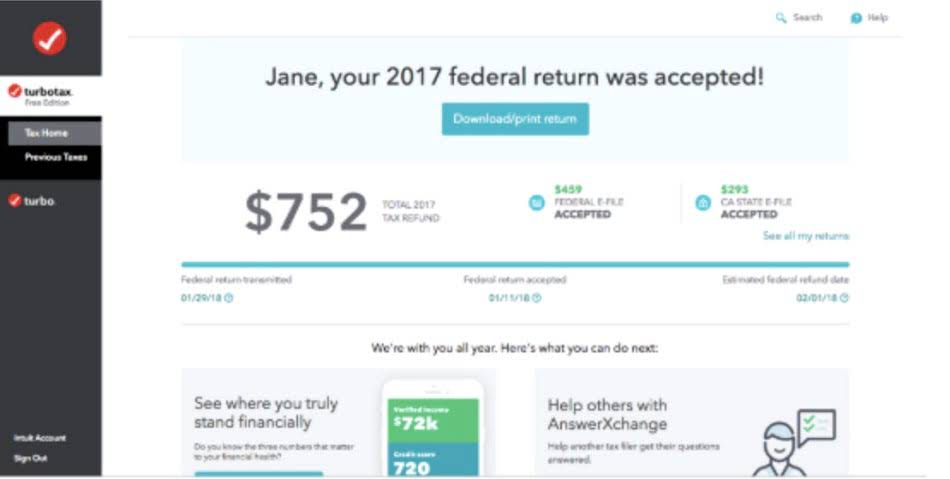
Lease payments must be allocated between the land and buildings components, reflecting the relative fair values of the leasehold interests in the land and buildings at the inception of the lease. Lessors are required to classify each of their leases as either an operating lease or a finance lease. This classification is fundamental in lessor accounting, given that the accounting requirements considerably differ between these two lease types. The approaches discussed below are applicable for accounting for a full lease termination under ASC 842, IFRS 16, and GASB 87.
Partial termination
During this transaction, the initial lease agreement, known as the ‘head lease’, between the original lessor and the lessee remains in effect (IFRS 16 Appendix A). IFRS 16 highlights that land typically has an indefinite economic life (IFRS 16.B55-B57). Consequently, it’s implausible that the lease term will cover the majority of the economic accounting for lease termination lessor life of the underlying land. However, for extremely long-term leases (e.g., 99 years), the present value of the lease payments could represent substantially all of the fair value of the land. Under IFRS, the exercise of an unplanned purchase option requires a reassessment of our lease liability and corresponding lease asset.
How to Account for a Lease Termination including Partial Lease Terminations under ASC 842
In this article, we’ll primarily explore scenarios relevant to these sectors. However, it’s important to note that the foundational lessor and lessee meaning and definition remains consistent across all types of leases. Keep this universality in mind as we delve into the specifics tailored to retail and commercial leasing contexts.
- At the end of year one, the carrying amount of the right-of-use-asset will be $895,470 ($942,600 less $47,130 depreciation).
- An alternative to these manual calculations using Cradle’s lease accounting software.
- The current liability is the difference between the total liability at the end of year one and the non-current liability (ie the total liability remaining at the end of year two).
- At the inception of a contract, an entity must assess whether the contract is, or contains, a lease.
- The goods will occupy substantially all of the capacity of the truck.
- The ‘sales proceeds’ are recognised as a financial liability and accounted for by applying IFRS 9, Financial Instruments.
Report contents
These examples underscore the fundamental relationship between lessor and lessee, delineating how the lessor provides an asset for use, and the lessee compensates with payment, adhering to the lease’s duration. Grasping the essence of the lessor definition and the lessee definition establishes a solid foundation for understanding lease agreement dynamics and responsibilities. At Leasecake, our expertise lies in assisting tenants with retail and commercial leases, particularly in managing their lease agreements and location data.

Lease payments
How and for what purpose the truck will be used (ie the transportation of specified goods from London to Edinburgh within a specified timeframe) is predetermined in the contract. Although it is possible for rights to be predetermined in a contract, in this contract C does not have any decision-making https://www.bookstime.com/ rights relating to the use of the asset. If a lease is modified, the lessor accounts for it as a new lease from the date the modification takes effect. Any prepaid or accrued lease payments relating to the original lease are considered part of the lease payments for the new lease (IFRS 16.87).
- Initial direct costs are included in the net investment in the lease, with the exception of manufacturers or dealer lessors.
- Lease payments must be allocated between the land and buildings components, reflecting the relative fair values of the leasehold interests in the land and buildings at the inception of the lease.
- A lease of an underlying asset does not qualify as a lease of a low-value asset if the nature of the asset is such that, when new, the asset is typically not of low value.
- Without the gain/loss calculation, the journals would not balance.
- However, manufacturer and dealer lessors recognise revenue and costs of goods sold.